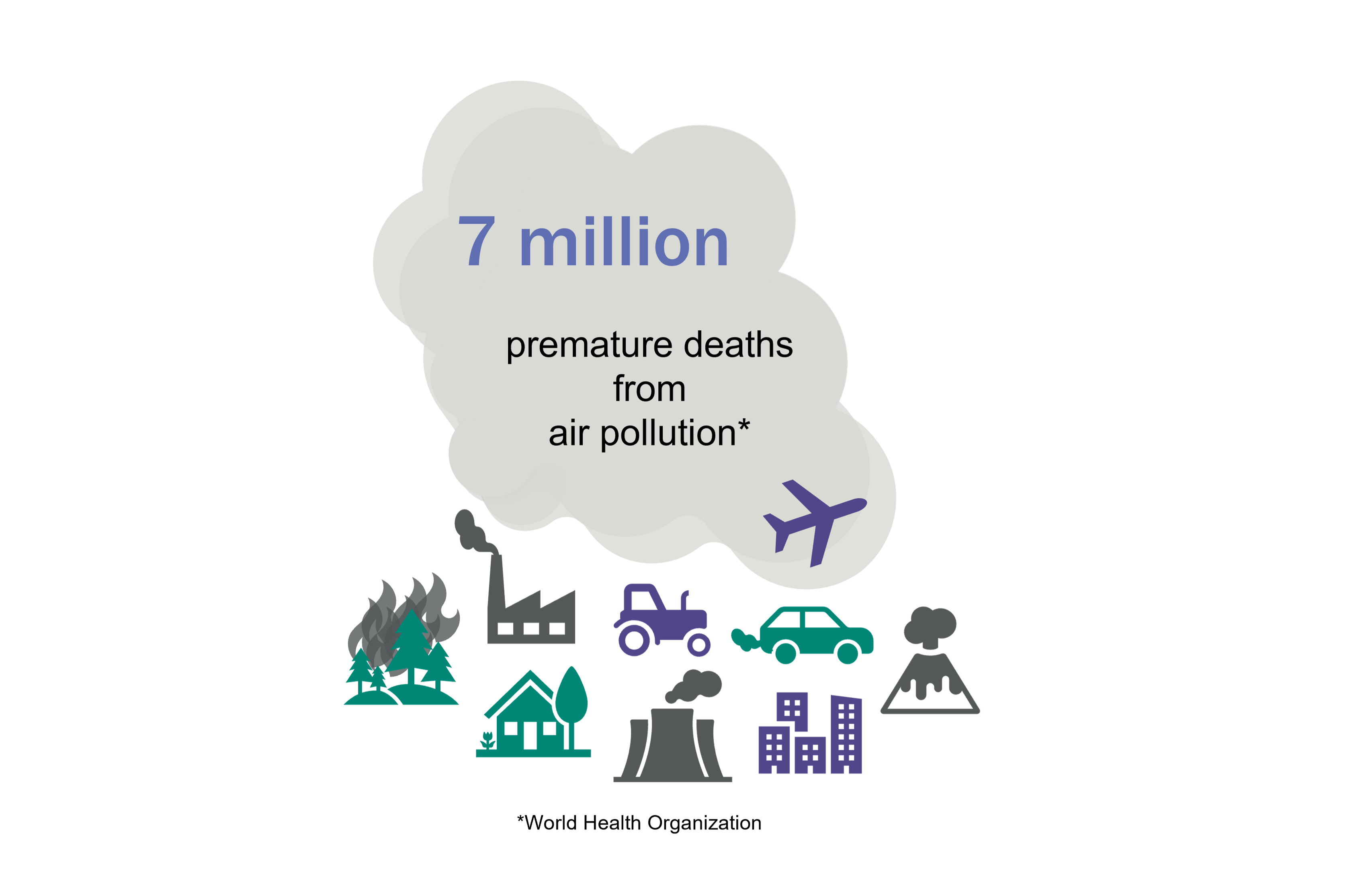Global Air Quality Guidelines
The updated Global Air Quality Guidelines (AQGs) issued by the World Health Organisation (WHO) in 2021 means that air pollution is again at the forefront of our conversations. These new AQGs provide clear evidence of the damage that air pollution has on human health and in lower concentrations than previously understood. They also emphasise that any decrease in exposure in areas with both high and low concentration levels will lead to better health of the population. This means that governments around the world must revise their clean air policies and strategies if they are to implement the lower levels of key air pollutants recommended by WHO. Collectively adhering to the new guidelines could save millions of lives as well as mitigating climate change. National and local policymakers are now faced with the unenviable yet critical challenge of responding.

